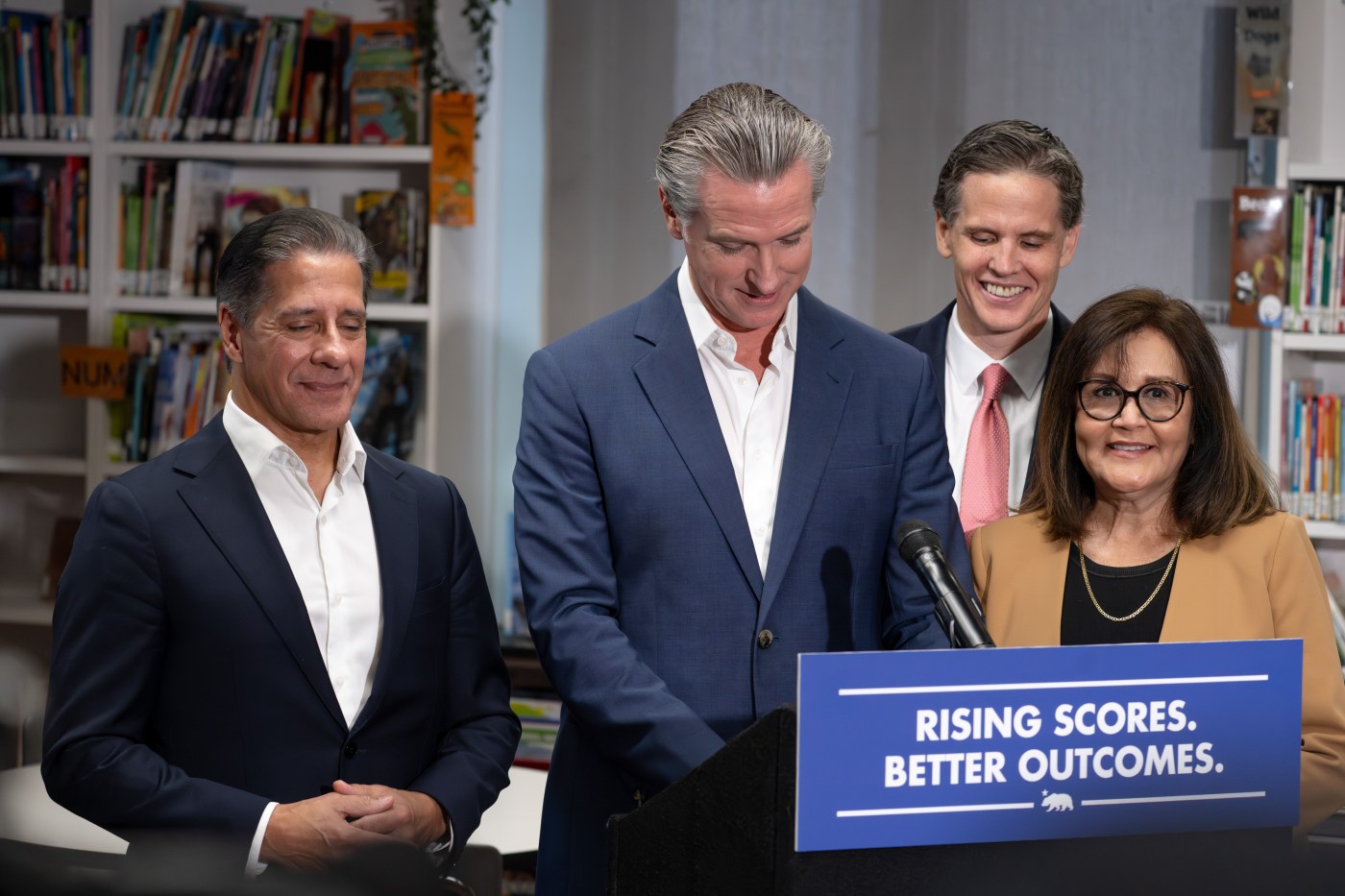UPDATE: New reports confirm that California’s education system is in crisis, with over 50% of students failing to meet basic standards in English, and nearly two-thirds falling short in math and science. These alarming statistics, released by the California Department of Education, highlight a long-term pattern of failure that shows no signs of improvement.
Parents across California are expressing frustration as they feel increasingly disconnected from their children’s education. Many report a lack of transparency regarding what their kids are learning and how they are performing. Teachers, overwhelmed by larger class sizes and behavioral challenges, are leaving the profession due to stress and insufficient support, compounding the crisis.
Despite a modest uptick of $1.5 to $2 percentage points in test scores this year, Sacramento politicians are framing this as progress. However, most scores remain below pre-pandemic levels, prompting critics to label this as mere political spin. “This didn’t happen by accident. But we can fix it by standing up to special interests,” says Suzette Martinez Valladares, representing California’s 23rd Senate District.
The Legislative Analyst’s Office (LAO) reveals that student outcomes are directly linked to school climate and attendance, yet teachers lack the tools to address these critical factors. Current funding for K–12 education stands at a staggering $133.8 billion, yet achievement gaps remain “large and persistent,” particularly for low-income, Latino, and Black students.
The call for reform is urgent. Proposed legislation like Assembly Bill 84, which aims to increase oversight for charter schools without applying the same rules to traditional districts, faced backlash and failed this session. However, it is expected to return for discussion in January. Meanwhile, Senate Bill 414, which sought to improve charter school accountability, was vetoed under union pressure, leaving many students without educational options.
California’s education system is at a crossroads. Teachers need smaller class sizes, better training, and fewer bureaucratic mandates to effectively meet today’s challenges. If these reforms are not implemented, experts warn that millions of students may graduate unprepared for college or the workforce.
This crisis impacts not just education but the economy as well. “We’re heading toward a future where millions of students graduate unprepared for college, work, or even basic self-sufficiency,” warns the LAO. Parents demand accountability, transparency, and a system that prepares their children for real-world success.
The time for action is now. As education funding continues to rise, the focus must shift from quantity to quality. Parents, educators, and advocates are urged to unite and push back against the political interests that have prioritized bureaucracy over students’ needs.
California’s children deserve better. As the state prepares for future legislative sessions, the push for educational reform is not just a matter of policy—it’s a matter of ensuring a brighter future for the next generation.







